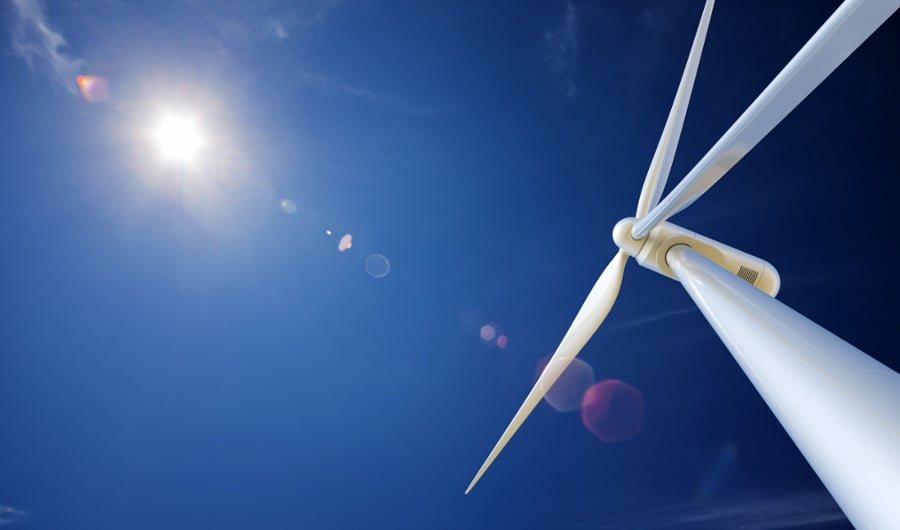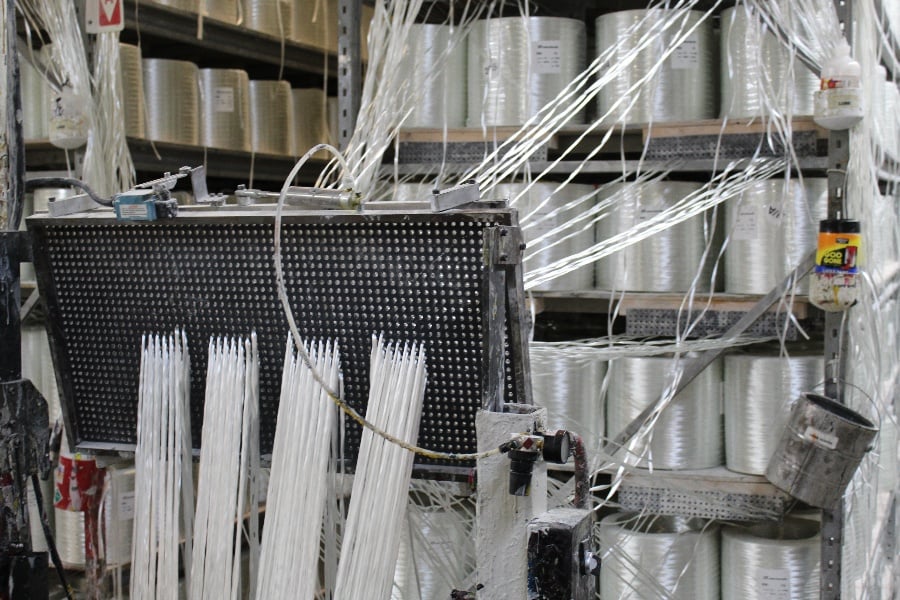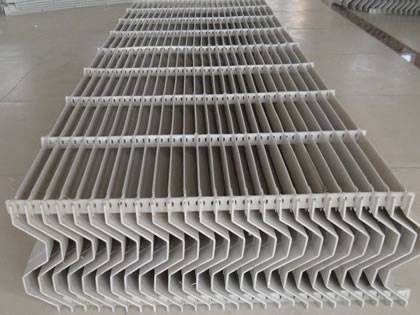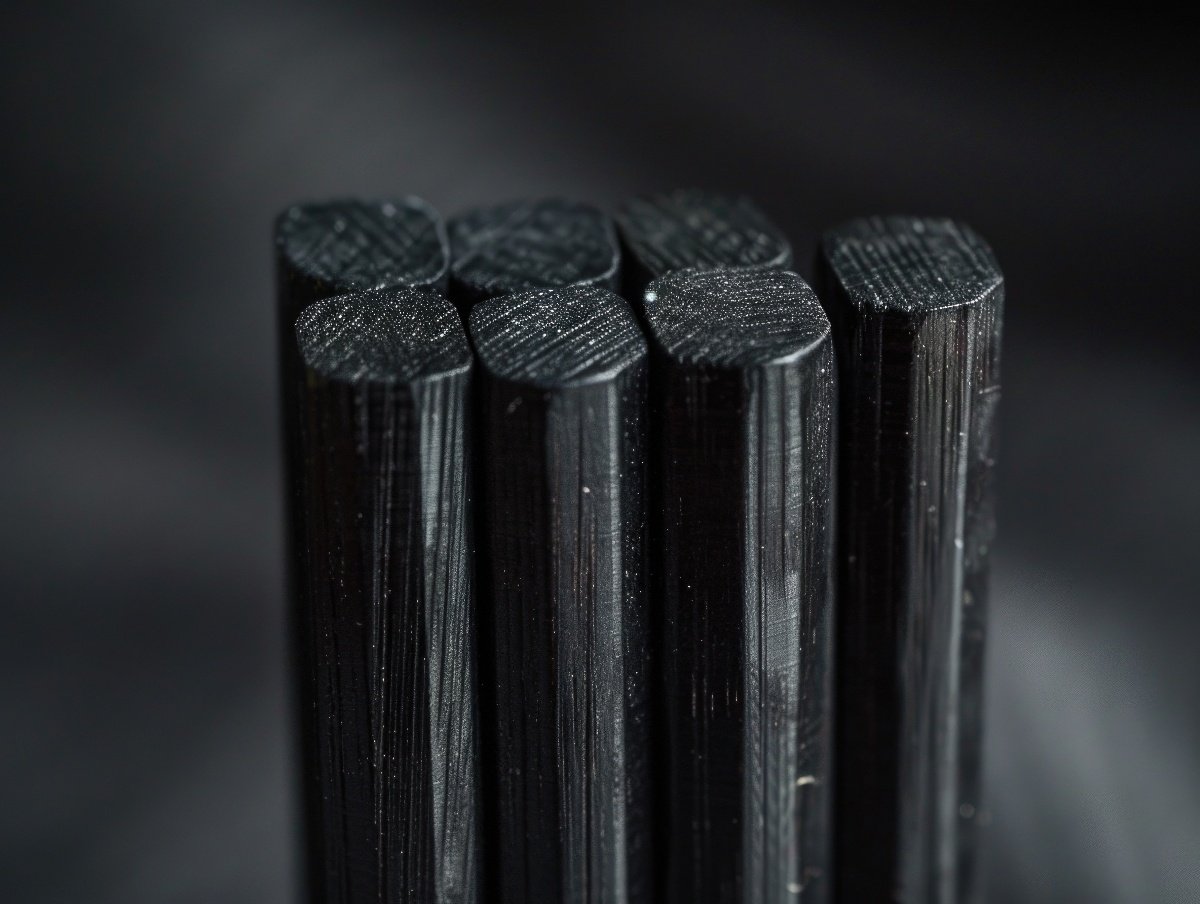
Sea walls are important coastal protection structures that help prevent flooding and erosion. They are often built to create a barrier along the shoreline, providing the needed structural support to keep waves from eroding away at the coastline.
These sea walls can be made from concrete, steel, or piles of rocks and boulders, depending on the area and purpose for building them.
Sea walls can also be designed to absorb wave energy or redirect it away from certain areas, thus minimizing damage to coastal infrastructure. In addition to protecting against flooding and erosion, sea walls can offer protection against hurricanes and storm surges, make recreational water access safer, and even serve as wildlife habitats.
In short, they play an essential role in maintaining our shorelines and protecting valuable habitats.
Seawall Design
Seawall design is an essential field of engineering as it relates to the safety and well-being of communities living near oceans or other large bodies of water. When designing a seawall, engineers must consider a plethora of factors, including the type of construction material, accessibility for repair and maintenance, sustainability effort, and potential failure from extreme weather events. Research of local wave patterns, sea levels, and tidal forces is key to developing an appropriate design that could stand up against nature's extremes.
Every project needs to be customized based on the region's environment without compromising cost-effectiveness and longevity. To facilitate this process, researchers have developed tools aimed at predicting coastal flooding risk and proposing seaside hazard mitigation approaches that are suitable for a given location. An effective seawall will be able to protect people's safety while simultaneously providing an optimally mitigated flood defense system adapted to local conditions.
Changing Seawall Design Requirements
As global sea levels rise with climate change, seawalls must be built taller to protect coastal areas from flooding and storm surges. These seawalls also need to be designed with longer lifespans in order to accommodate current and future sea level rise. Seawalls constructed with higher elevation and a longer lifespan will help ensure coastal infrastructure remains dry and safe even as sea levels continue to climb.
Current Materials are Inadequate
Concrete seawalls are often used as traditional coastal protection solutions. However, the resilience of these structures is increasingly inadequate. Coastal erosion, storm surges, and sea level rise are all increasing in strength due to climate change, and traditional materials like concrete struggle to stand up to these pressures.
Adapting this infrastructure to cope with the ever-changing coastal environment is essential for ongoing sustainability and resilience. Accomplishing this requires investing in more resilient building materials that can withstand changing external conditions, such as synthetics or other robust natural products.
Incorporating innovative materials into the construction of seawalls can also help extend their life expectancy, making them more resilient against rising waters. As sea level rise continues, it's up to engineers to come up with new and inventive solutions for seawalls that will safeguard coastal areas while striking a balance between form and function.
Fiberglass Reinforced Plastic to Protect Shorelines
Fiberglass-reinforced plastic (FRP) is becoming increasingly recognized by engineers as the material of choice for seawalls. FRP has an incredibly high strength-to-weight ratio which makes it suitable for many applications, including seawalls. It's also corrosion-resistant, meaning that it can withstand oceanic environments, unlike materials such as steel and cement.
Additionally, FRP is versatile as it can be engineered in a variety of shapes and sizes, making it ideal for constructing custom seawalls to fit any landscape. When compared to traditional materials such as concrete riprap or stonework, fiberglass-reinforced plastic offers a more reliable solution to protecting coastlines from erosion and flooding.
A number of organizations are now using FRP to improve seawall performance.
Real-World Examples
State Road
The Florida Department of Transportation (FDOT) has been working to implement fiberglass-reinforced plastic bars in a variety of structures. The Florida Department of Transportation recently employed the construction of a secant pile seawall behind beach dunes in order to protect State Road A1A following severe corrosion damage of an existing steel sheet pile bulkhead, as well as extensive damage and erosion of adjacent sand dune systems from recent Hurricane Matthew.
To ensure long-term durability and additional corrosion protection in this aggressive environment, FDOT utilized GFRP (Glass Fiber Reinforced Polymer) bars to reinforce the wall instead of traditional Grade 60 steel rebar. With 4920 foot length of this secant pile wall reinforced with GFRP reinforcement and improved service life, this became the first FDOT project with more than one million linear feet of GFRP reinforcing bar used. This project provides an enhanced service life and corrosion protection as well as greater durability in a highly aggressive environment.
Skyway and Rest Area
The I-275 Skyway Rest Area & Seawall Rehabilitation project is an exemplary example of long-term infrastructure durability. The existing concrete bulkhead caps and guardrail sections, along with 180 feet of new CFRP/GFRP concrete sheet pile wall, were renovated with GFRP-RC solutions for significant corrosion protection.
This FDOT Design-Build project involved the replacement of a 5330' length of the bulkhead-seawall cap to be replaced. It was the first roadway shoulder barrier wall with GFRP reinforcement for longer lifespans in a highly aggressive aquatic environment. In order to truly maximize the rehabilitation efforts, GFRP bars were utilized in lieu of traditional Grade 60 steel rebar; this unique approach and material combination is expected to provide a much more robust service life than what the traditional approach presently offers.
Coastal states are increasingly turning to fiberglass-reinforced plastic (FRP) for seawalls, breakwaters, and other coastal structures. As the effects of climate change continue to be felt around the world, it is likely that we will see even more widespread use of FRP in coastal communities. If you are planning a project that involves any type of marine structure, reach out to Tencom today for all your FRP needs.















